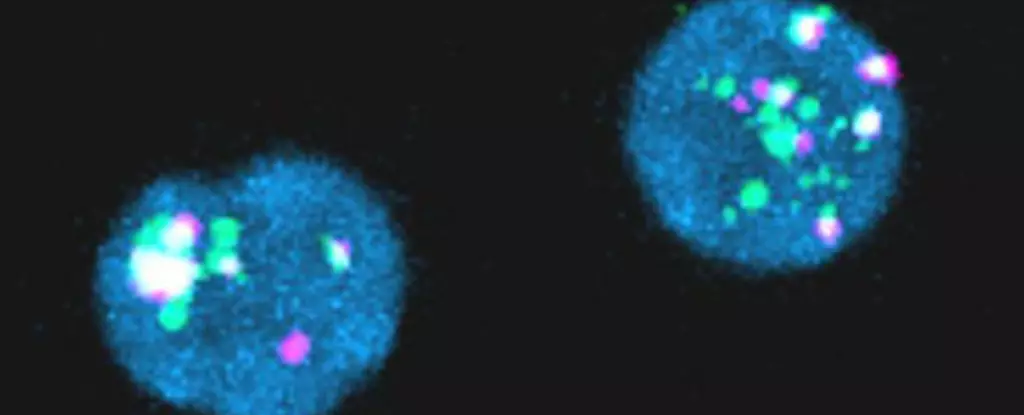The human immunodeficiency virus (HIV) has long been known to be a complex and elusive virus that can hide within our bodies even while undergoing treatment. Recent studies have shed light on the existence of tiny fragments of the HIV genome that can persist inside immune cells, leading to potential complications for individuals living with HIV. While these viral RNA splinters are not infectious, they may have a detrimental impact on the immune system. This groundbreaking research challenges our previous understanding of the virus and emphasizes the need for further investigation in this area.
Unveiling Defective Viruses
Antiretroviral drugs have been the primary means of controlling HIV replication within the body. These medications effectively suppress the virus and reduce its presence in the bloodstream. However, the two studies have revealed that these drugs do not eliminate all traces of viral RNA within immune cells. Analysis of blood samples from 18 HIV-positive individuals receiving treatment demonstrated the presence of HIV gene fragments in millions of helper T cells. Shockingly, 14 out of the 18 individuals had reservoirs of viral RNA, with seven even producing viral proteins. This shows that the so-called “junk” HIV genetic material continues to persist within the immune system even when treatment is ongoing.
The findings from these studies raise important questions about the impact of persistent viral RNA on the immune system. While the immune response to the presence of these fragments is already a known occurrence, the larger the reservoir of HIV gene debris, the more intense the response becomes. It remains unclear whether this prolonged immune activity is beneficial or detrimental to individuals living with HIV. On one hand, it could serve as a constant reminder for the immune system to remain alert and continue its defense against the virus. On the other hand, the presence of viral RNA may contribute to immune exhaustion and inflammation, leading to negative consequences for individuals even when their HIV is well-controlled by antiretroviral therapy.
The discovery of persistent HIV reservoirs challenges the conventional understanding of the virus and its treatment. While the primary focus has always been on targeting the replication-competent HIV reservoir, it is evident that other fractions of the virus can have deleterious effects on the immune system. Furthermore, the presence of junk viral RNA within immune cells may interrupt the development of CD8+ T type immune cells, which play a crucial role in combating HIV infection. This highlights the need for comprehensive research and development of new strategies that can effectively target and eliminate all forms of the virus.
Our understanding of HIV and its persistence within the human body continues to evolve. These studies have shed light on the existence of HIV reservoirs that persist even during antiretroviral therapy. While the impact of these viral RNA fragments on the immune system is still not fully understood, it is evident that they play a significant role in immune activation and potential complications associated with living with HIV. Further research is needed to develop innovative treatment approaches that can tackle these elusive reservoirs and provide individuals living with HIV with improved long-term health outcomes.



Leave a Reply